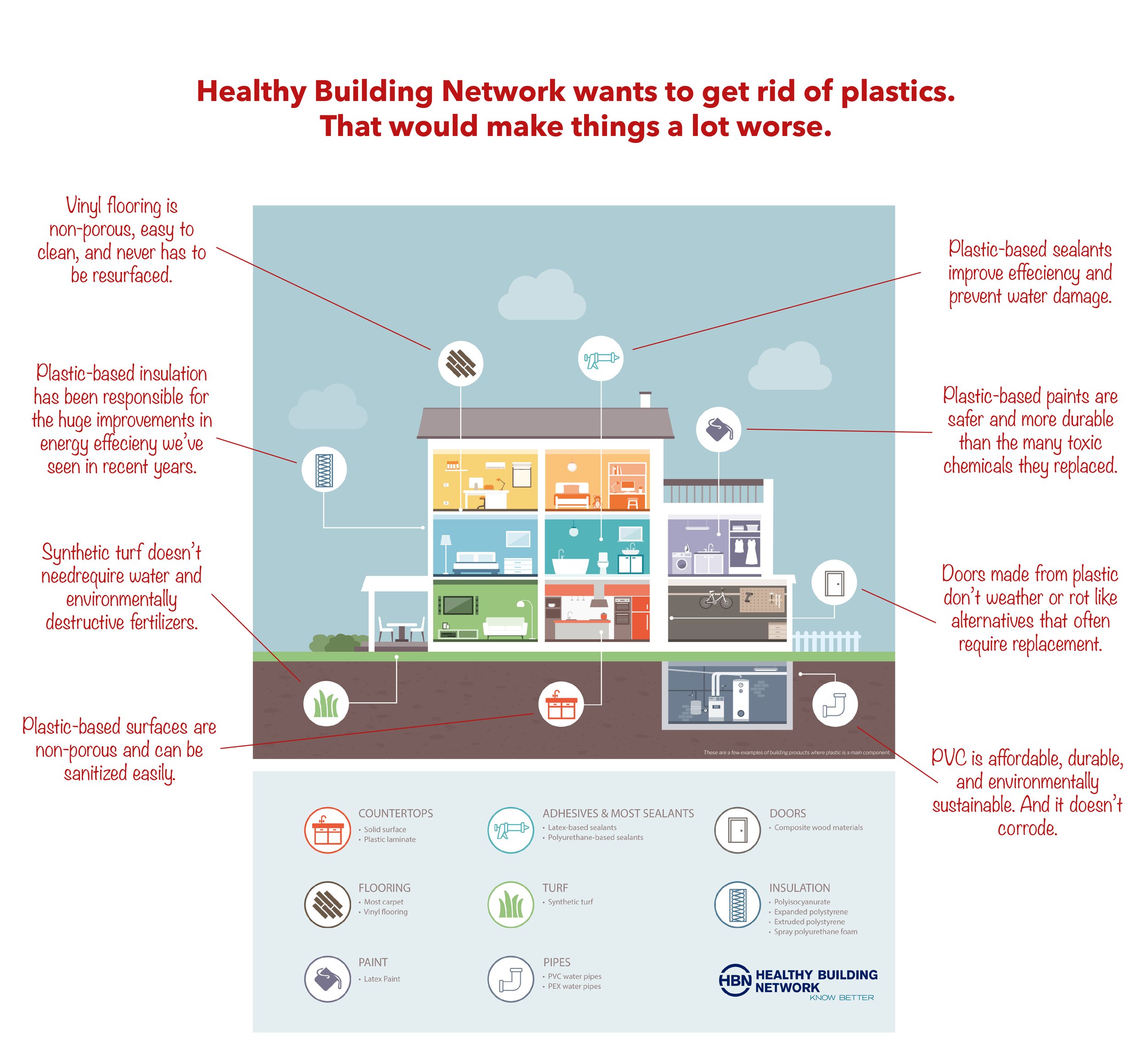The U.S. Food and Drug Administration (FDA) has declared phthalates used in food packaging are safe, but that hasn't stopped agenda-driven NGOs from continued attempts to mislead the public. Activists are doubling down on unscientific criticisms of the plastics used in commercial products, including food packaging. Unfortunately, they show no signs of curbing those criticisms.
On May 20, 2022, the FDA denied a petition from several environmental groups that contained a number of scientifically-unsupported accusations about phthalates and food packaging. The FDA stood firm in its findings, noting:
“ … the petition does not contain sufficient data to support finding that there is no longer a reasonable certainty of no harm from the currently approved uses.
“….based on the information currently available to FDA, we do not have a basis to conclude that dietary exposure levels from approved ortho-phthalates exceed a safe level...” (Source: Natural Resources Defense Council, et al.; Denial of Food Additive Petition; Denial Without Prejudice of Food Additive Petition)
Despite the FDA's declarative statements – and the absence of credible studies or evidence to support the petition’s claims – a group of agenda-driven phthalate opponents continue to insinuate that there is harm or risk from phthalates in food packaging. Earth Justice, Center for Environmental Health, and Environmental Defense Fund have made such assertions, in attempts to continue with their misleading narratives around the safety of ortho-phthalates, used in hundreds of common vinyl (PVC) products for decades.
But the real damage is when consumer-focused news outlets amplify activist claims without citing evidence or presenting fact-based information. Sources such as Eat This, Not That! want readers to believe they provide “accurate, timely, informative, and actionable content,” yet in the same breath, they source outdated news articles and advance only biased and uninformed views of phthalate opponents.
After years of comprehensive review, the FDA made its decision and spoke clearly on this matter. Rather than accept the FDA’s decision and move on, deep-pocketed activist groups have chosen to perpetuate distortions and junk science.
At Vinyl Verified, we deal with facts. And the facts are these: regulators in Europe and Australia have found no compelling evidence that phthalates used in food packaging harm human health. Now, the U.S. Food & Drug Administration has reached an equivalent safety conclusion.









